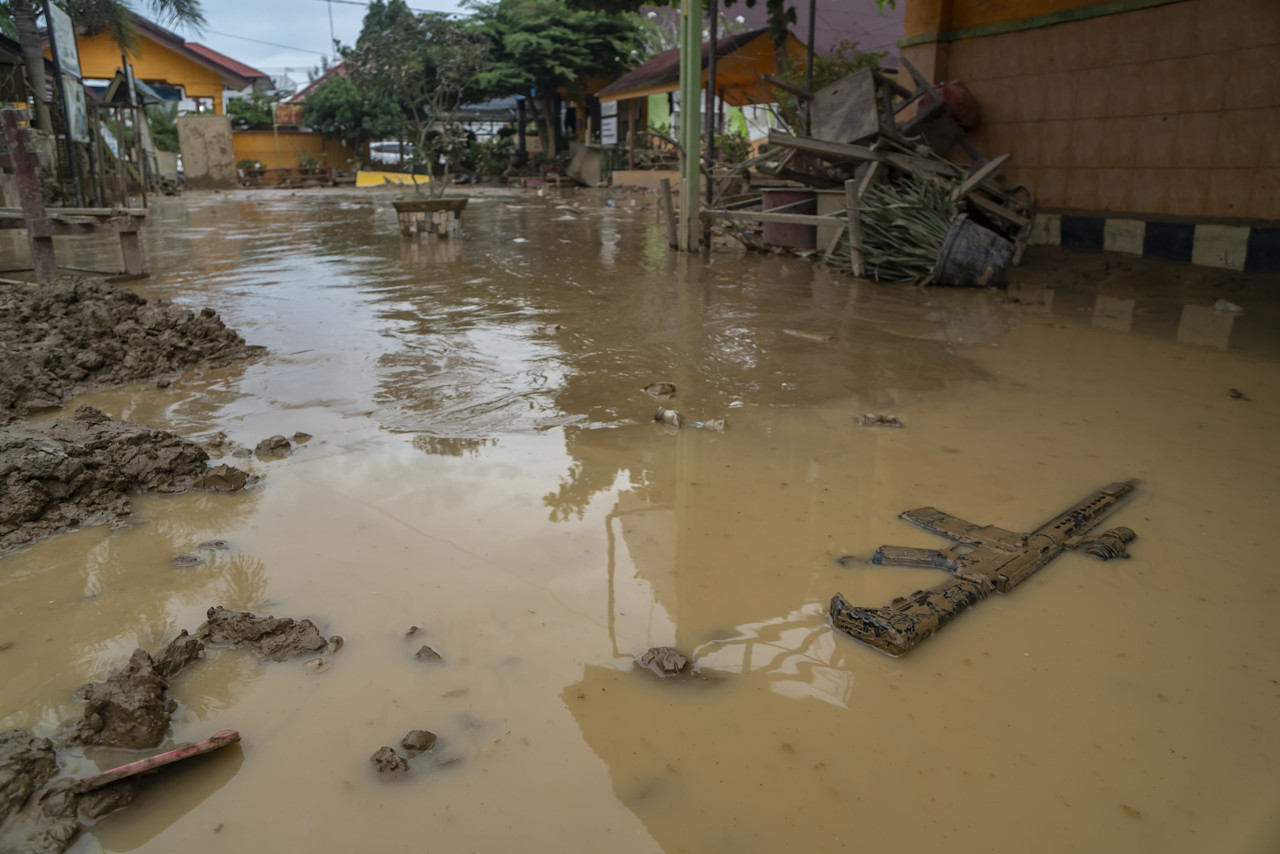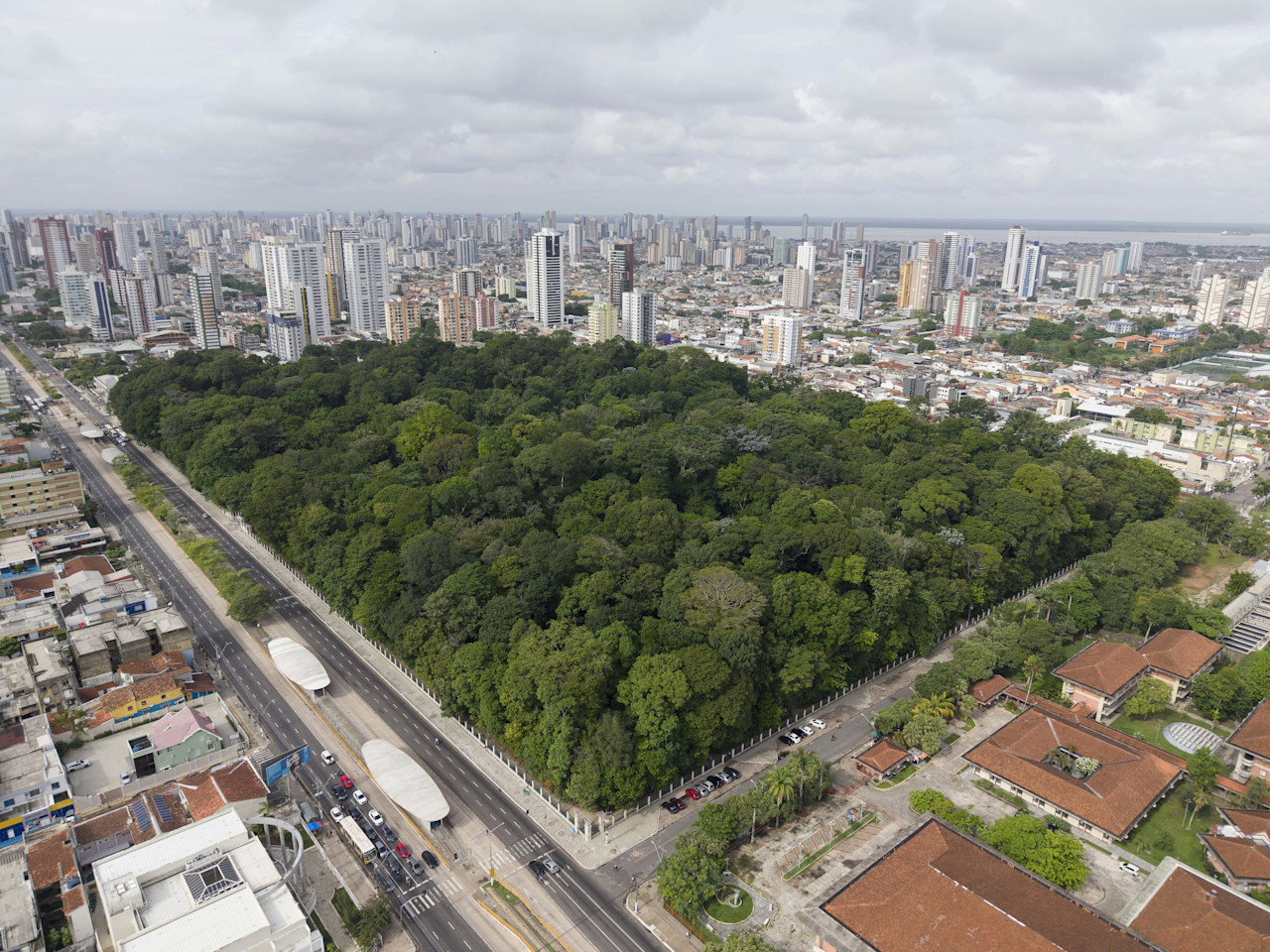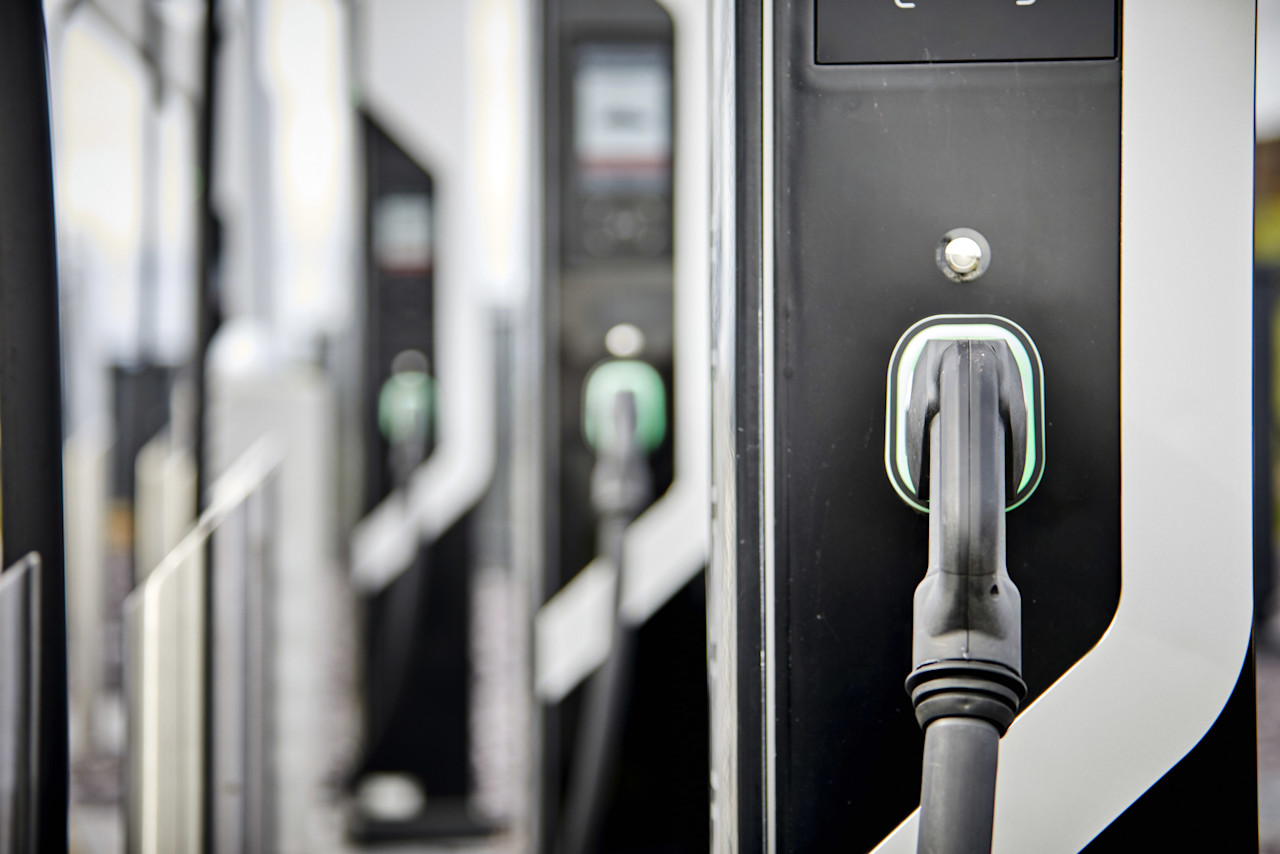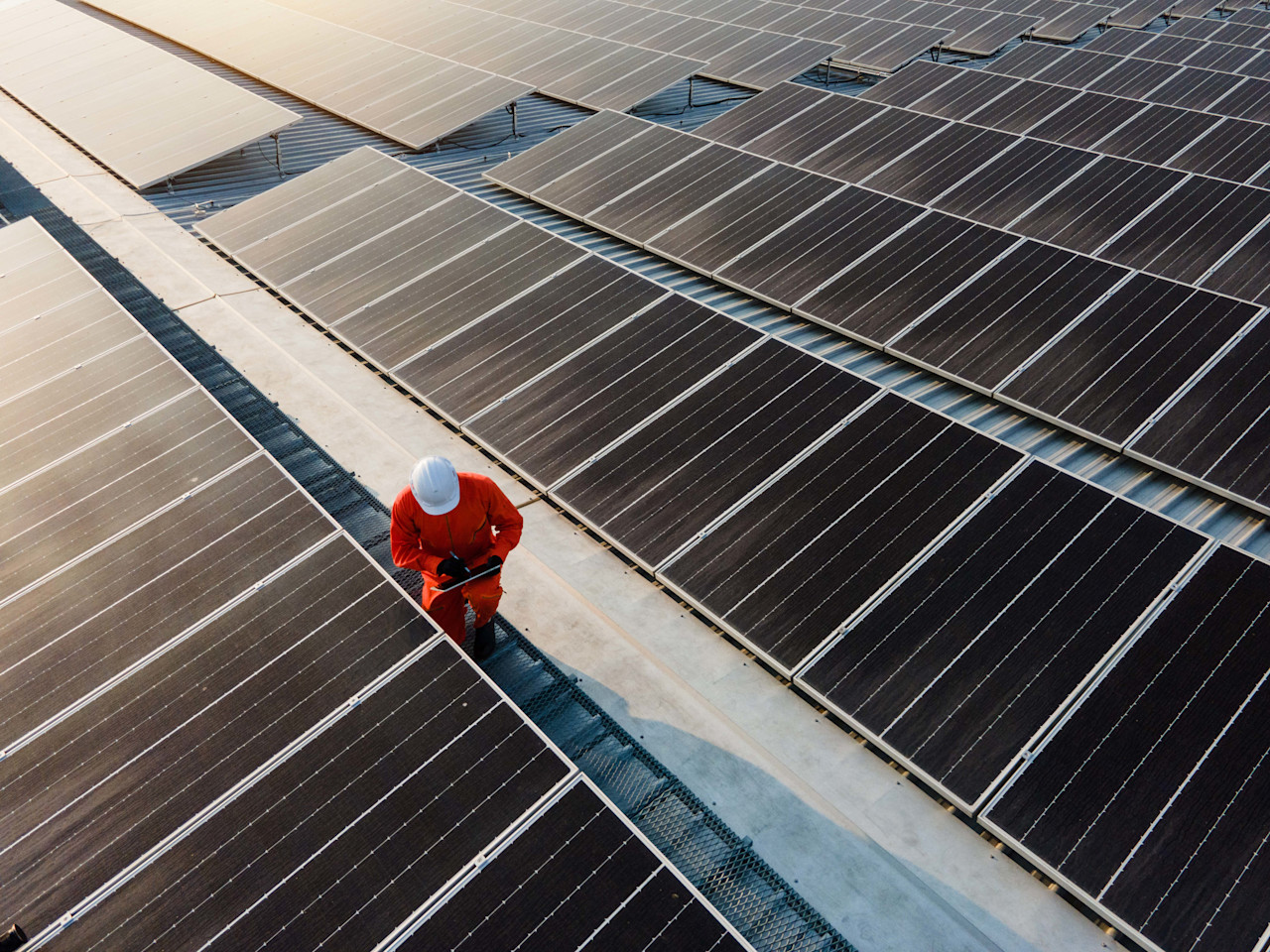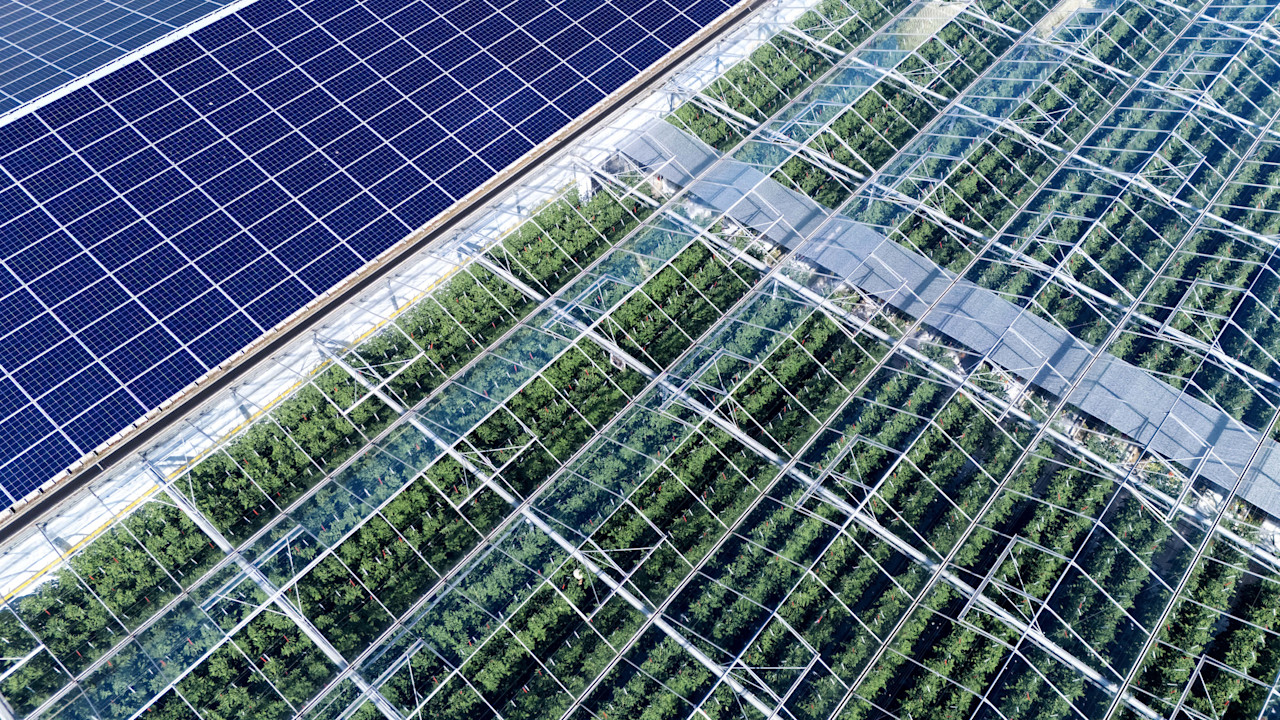

Indices insights - SDGs: Progress at the halftime mark
As we reach the halfway mark of the 15-year plan for the Sustainable Development Goals (SDGs) – inaugurated on 1 January 2016 – the pressing question emerges: Is the global community on track to fulfill the SDGs by 2030? The clock is ticking, with just over seven years remaining for impactful change.
概要
- Complex metrics make tracking SDGs challenging
- Some gains in education and climate, but urgent action is needed
- Our new animation visualizes per-capita SDG progress
Assessing advances in the SDG framework is a multifaceted and complex endeavor. The framework encompasses five key pillars, often referred to as "The Five Ps": People, Planet, Prosperity, Peace, and Partnerships. These pillars collectively represent 17 distinct goals, each having specific targets slated for achievement by 2030. Progress on these targets is gauged through 248 separate indicators, where the progress of each indicator is measured through one or more variables.
Because most variables are measured on different scales, and not all indicators have explicit quantitative targets, there is no straightforward way to aggregate the individual indicators into a single measure of global progress. Judging the progress of each SDG therefore requires making many subjective decisions, all while incorporating expert opinions. This also means that the SDGs are not directly comparable, making it notoriously difficult to create a universal ranking.
The consensus among experts is clear, however: the world is not on track to achieve the SDGs. Temperatures are rising, biodiversity is eroding, and inequality deprives millions of people from access to basic amenities. This conclusion is clear both from the Sustainable Development Report, which shows each country’s performance per SDG, and the SDG Tracker by Our World in Data, which shows the development of individual variables over time.
All the same, we can’t help but wonder: what’s the progress across the SDGs in terms of the average person?
Our methodology: a per capita perspective
For our analysis, we adopt a simple, holistic methodology to measure progress. We select from all available indicators those that (1) have sufficient data coverage for countries (cross-sectional) and years (longitudinal), (2) are readily available, and (3) are comparable between countries.
If data for a country is not available for recent years, we take the last known value. If a country starts reporting data later than other countries, we instead use the first reported value for that country. Although we recognize that making these assumptions for missing data is not ideal, we believe it outweighs the alternative of having global values jump up and down due to individual countries entering and leaving the sample.
For each indicator, we then use the country values to calculate the 10th and 90th population-weighted percentiles in 2015. Using these percentiles, we standardize the data of each country to a value between 0 (average result is worse than the 10th percentile of the global population in 2015) and 1 (an outcome superior to 90% of the population in 2015). We then aggregate the country data to a global value on a per capita basis. After repeating this procedure for every indicator, we take the simple average over all indicators for each target, and average again for all targets per goal. These values yield a composite progress measure for each SDG.
Although this approach is simplistic, using it consistently for each indicator makes them comparable and allows us to aggregate indicators into single SDG progress metrics – our ultimate goal for this visual. This methodology also enables us to examine pre-2015 data for a longer view of global progress.
Note that this approach overlooks expert opinions and specific SDG targets. Additionally, by analyzing all SDGs from a relative (to 2015), and per capita basis, our analysis might be overly optimistic. For example, Indicator 13.2.2 aims to integrate climate change measures into national policies, which can be interpreted as implying that the world should achieve zero emissions by 2030. In our analysis, however, we would consider indicator 13.2.2 to have been achieved when the average global per capita emissions are below that of the lowest emitting 10% of the population in 2015.
Recent trends and concerns
Our visual representation reveals mixed progress across the SDGs since 2000. While Goals 4 (Quality Education), 7 (Affordable and Clean Energy), and 13 (Climate Action) appear promising, the overall progress since the SDGs’ initiation is not uniformly encouraging. For instance, Climate Action has seen advances in disaster risk strategies but continues to struggle with rising greenhouse gas emissions. The data also suggests slow progress in SDGs related to Zero Hunger, Decent Work and Economic Growth, Sustainable Cities and Communities, Life Below Water and Life on Land.
If trends persist, the timeline for achieving most of the SDGs could extend far beyond 2030. So, despite some progress, a significant gap remains in achieving the goals within the stipulated time frame. Urgent action is needed, particularly by governments, to accelerate progress towards a sustainable and equitable future for all.

訂閱 – 指數洞察
Footnotes
Data from Worldbank, UNdata and the United Nations Statistics Division. Calculations and interpretation by Robeco. This visualization is for illustrative purposes only and should not be considered an official progress indicator. The views expressed in this visual do not reflect the views of any organization, agency or program of the United Nations. Robeco supports the SDGs.
指數洞察
Important information
The contents of this document have not been reviewed by the Securities and Futures Commission ("SFC") in Hong Kong. If you are in any doubt about any of the contents of this document, you should obtain independent professional advice. This document has been distributed by Robeco Hong Kong Limited (‘Robeco’). Robeco is regulated by the SFC in Hong Kong. This document has been prepared on a confidential basis solely for the recipient and is for information purposes only. Any reproduction or distribution of this documentation, in whole or in part, or the disclosure of its contents, without the prior written consent of Robeco, is prohibited. By accepting this documentation, the recipient agrees to the foregoing This document is intended to provide the reader with information on Robeco’s specific capabilities, but does not constitute a recommendation to buy or sell certain securities or investment products. Investment decisions should only be based on the relevant prospectus and on thorough financial, fiscal and legal advice. Please refer to the relevant offering documents for details including the risk factors before making any investment decisions. The contents of this document are based upon sources of information believed to be reliable. This document is not intended for distribution to or use by any person or entity in any jurisdiction or country where such distribution or use would be contrary to local law or regulation. Investment Involves risks. Historical returns are provided for illustrative purposes only and do not necessarily reflect Robeco’s expectations for the future. The value of your investments may fluctuate. Past performance is no indication of current or future performance.









